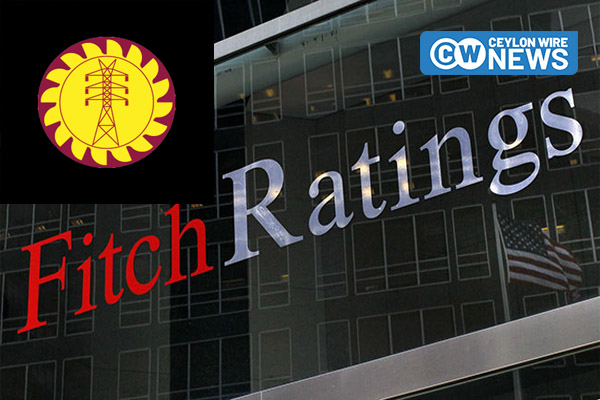Sri Lanka’s government is planning to take over 70 percent of debt owed by the Ceylon Electricity Board to the Ceylon Petroleum Corporation and the independent power producers, Fitch Ratings has said.
By end August 2023 the CEB owed 212 billion rupees to the CPC and IPPs and non-conventional renewable power (NCRE) producers.
The CEB ran large losses in the past due to being allowed to raise prices especially the rupee collapsed from money printing to boost growth over the last decade, pushing up fuel and coal costs.
The CEB has asked for an interim tariff hike to cover lower than expected rainfall and the need to rebuild hydro storage in the current rainy season up to 860 GigaWatt hours to face a dry season in the first quarter of 2024 as the economy also recovers.
“Dues to NCREs stand at 10-11 months at present, and CEB plans to settle them gradually with operating cash flow,” Fitch said.
“CEB’s payables may rise in the short-term if the proposed off-cycle tariff hike is not approved.”
The CEB had debts of 288 billion rupees by end June 2023 after the government took over almost 200 billion rupees worth project loans in 2022, Fitch said.
Sri Lanka defaulted on foreign debt in 2022 after printing large volumes of money to target growth saying there was a “persistent output gap” after earlier money to boost growth led to currency crises and slower growth.
“We expect CEB to generate negative free cash flow in the medium term, despite the cost-reflective tariff mechanism, and to depend on the state for expansion and refinancing,” the rating said.
CEB has to revamp its network to be able to accommodate renewable energy.








